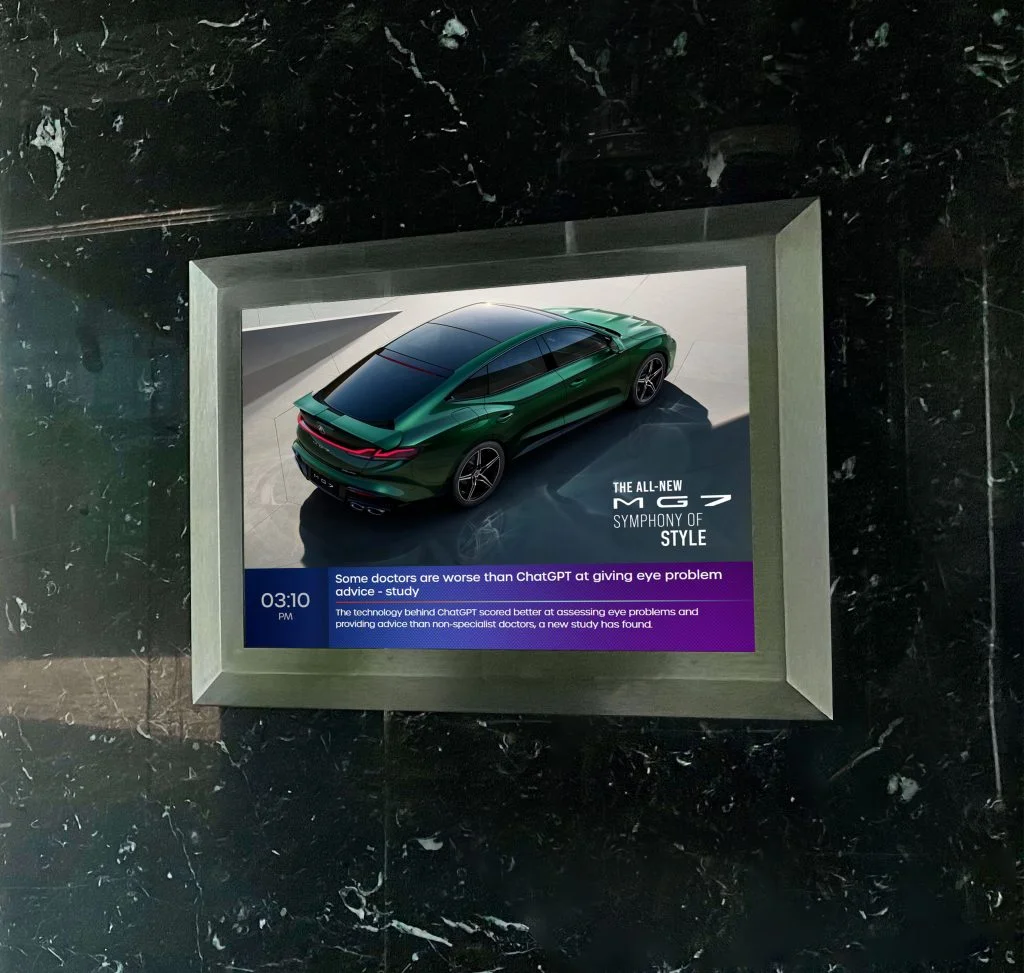Difference Between Elevator Ads And Billboard Advertising
Advertising plays a key role in brand visibility and consumer engagement, with various formats tailored to specific environments and audiences. Among these, elevator ads and billboard advertising stand out as effective yet distinct approaches. Understanding their differences can help marketers choose the right medium for their campaigns.
Location and audience reach:
One of the most significant differences between elevator ads and billboards is their location and audience reach. Elevator ads are typically situated in enclosed spaces within commercial buildings, such as office complexes, shopping malls, and hotels. This environment ensures that the audience is a captive one, as people often spend time waiting for the elevator or riding in it. As a result, elevator ads can target a specific demographic based on the building’s occupants, making them ideal for niche marketing.
In contrast, billboards are placed in outdoor locations along highways, busy streets, and high-traffic areas, targeting a broader audience. Billboards are designed to capture the attention of motorists and pedestrians alike, reaching a larger and more diverse group of customers. This widespread visibility makes billboard advertising more suitable for brands aiming to build general awareness or promote mass-market products.
Duration of exposure:
The duration of exposure differs significantly between the two advertising formats. Elevator ads often enjoy longer exposure times, as individuals spend several seconds or even minutes in elevators, particularly during peak hours. This extended duration allows advertisers to convey more detailed messages and visuals, possibly leading to deeper engagement.
In contrast, billboard ads must capture attention quickly due to the fast-paced nature of passing vehicles and pedestrians. Advertisements on billboards typically rely on striking visuals and concise messaging to convey their message in a matter of seconds. This brevity can limit the depth of communication, requiring advertisers to distill their messages into impactful taglines or images.
Creative formats and design:
The creative formats and design possibilities also differ between elevator ads and billboards. Elevator ads can incorporate various formats, including static posters, digital screens, and interactive displays. This flexibility allows for vigorous content that can change frequently, adapting to different audiences or promotional periods.
Billboard advertising is generally more static, relying on large images and bold typography. However, digital billboards are becoming increasingly popular, allowing for animated content and multiple advertisements to rotate throughout the day. Still, the overall design approach for billboards tends to favor simplicity and boldness to achieve maximum visibility.
